A $300 Million Swing, a $3 Strike: Finding Humor in “Spectre”
The latest James Bond installment, “Spectre,” might not hit all the right notes, but at least it offers a few laughs amidst the chaos.
Following a mission entrusted to him by the late M, James Bond (Daniel Craig) pursues a criminal operative attempting to orchestrate a mass terrorist attack in Mexico. This pursuit leads Agent 007 to uncover a global secret organization known as “Spectre.” Bond also discovers that this criminal enterprise is led by a figure (Christoph Waltz) he believed to be dead for years. Meanwhile, in London, the new head of the Joint Intelligence Service (Andrew Scott) battles M (Ralph Fiennes) to shut down the “Double-O” program and replace operatives like Bond with surveillance systems and remote-controlled drones.
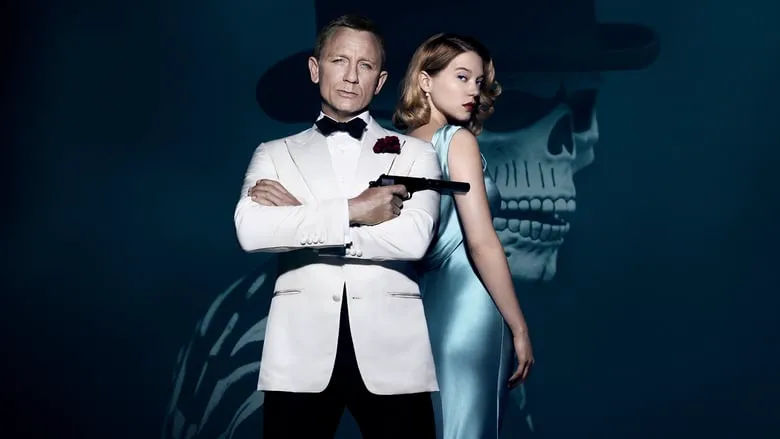
During the Day of the Dead parade scene in Mexico City, only 1,500 extras were physically present. Computer-generated effects were used to multiply their numbers, creating the illusion of a parade with thousands of participants and spectators.
Investors poured a staggering $300 million (some reports claim $350 million) into the 24th official James Bond film. This makes it the second most expensive movie of all time, trailing only “Pirates of the Caribbean: On Stranger Tides.” With such a massive budget, one would expect “Spectre” to deliver breathtaking, over-the-top stunts and special effects. However, the money seems to have been spent unwisely. It seems that Sam Mendes’ film (who also directed “007: Skyfall”) should have been titled “007: Parade of Missed Opportunities.”
Missed Opportunities
This issue manifests in both grand and subtle ways. A major flaw lies in the film’s reliance on events from many years ago, yet the protagonist barely discusses these events, leaving their significance to him unclear. While these events would undoubtedly hold immense importance for a normal person, can Bond truly be considered “normal”? The film attempts to elevate the conflict between Craig’s Bond and Waltz’s character beyond a typical “cop” versus “robber” dynamic. However, Bond’s silence negates this ambition. Imagine if Luke Skywalker simply shrugged and remained silent in response to “I am your father” in “Star Wars: Episode V.” The pivotal revelation would fall flat!
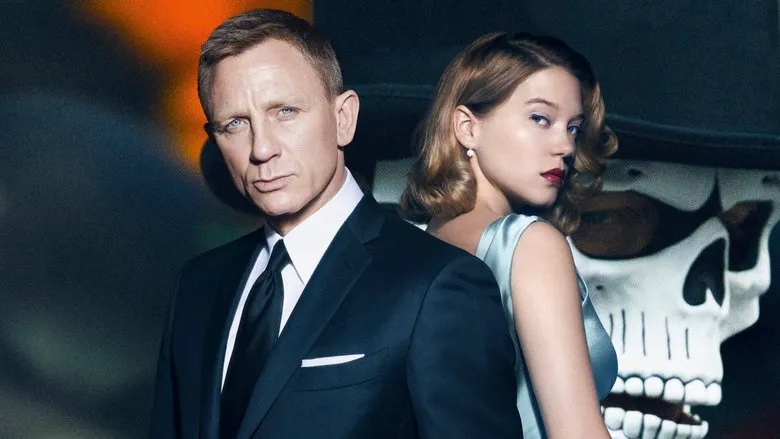
A minor example of this issue occurs early in the film when Bond casually steps onto a ledge and strolls along a balcony parapet as if it were a sidewalk. While this is intended to showcase the super-agent’s coolness, the parapet is as wide as a sidewalk, making it a feat that anyone without a fear of heights could accomplish. The scene would have been far more effective if the parapet were significantly narrower.
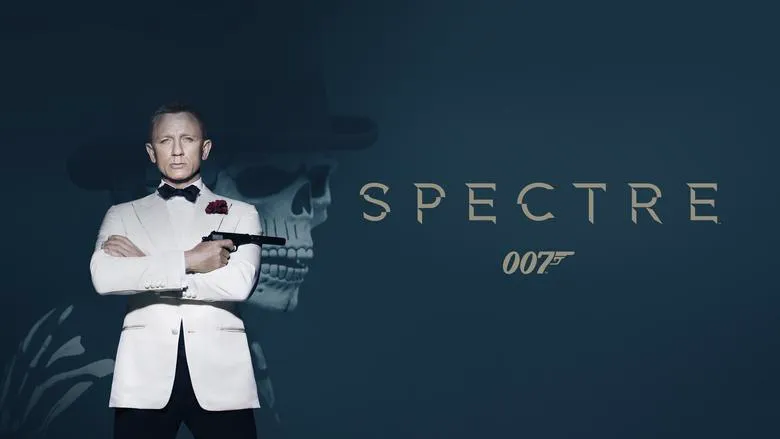
Monica Bellucci auditioned for the role of a “Bond girl” in the 1997 film “Tomorrow Never Dies,” but the producers ultimately chose Teri Hatcher.
Bond Girls and Villains
The film heavily promoted the casting of Monica Bellucci (“A Bond girl older than Bond?!”), but the Italian star only appears on screen for a mere five minutes before being replaced in the agent’s arms by a younger French actress, Léa Seydoux. Seydoux, despite her extended screen time, exudes less sex appeal than Bellucci in her brief scenes. What’s particularly disappointing is that the two actresses seem to have been cast solely to attract star power. From a narrative perspective, a single character could have served the same purpose. Given Seydoux’s character’s passivity (especially for a 2015 film), Bellucci’s age wouldn’t have hindered her ability to play the same “do-nothing” role.
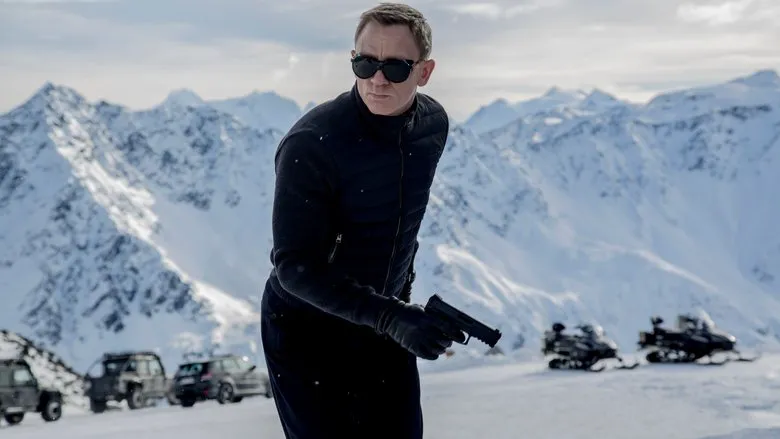
As for the villains, the producers hired Dave Bautista to provide Bond with a physical challenge, but his character disappears from the film by the end of the second act. The remaining henchmen of Christoph Waltz’s character pose no real threat to the super-agent, who dispatches them with ease. When the villain attempts to engage Bond in a “game” similar to the Joker’s proposition to Batman in “The Dark Knight,” he presents Bond with a dilemma that only has one possible answer. Surely, this villain should know that the alternative is completely unacceptable to the agent, making the proposition pointless. If the villain had, for example, planted explosives in Buckingham Palace and offered a choice between the Queen’s life and Seydoux’s character’s life, Bond would have faced a genuine struggle. Viewers would have been on the edge of their seats, wondering if Agent 007 could solve a problem that even a superhero couldn’t. Instead, the “puzzle” is far too simple, and Bond solves it without breaking a sweat. What a missed opportunity!
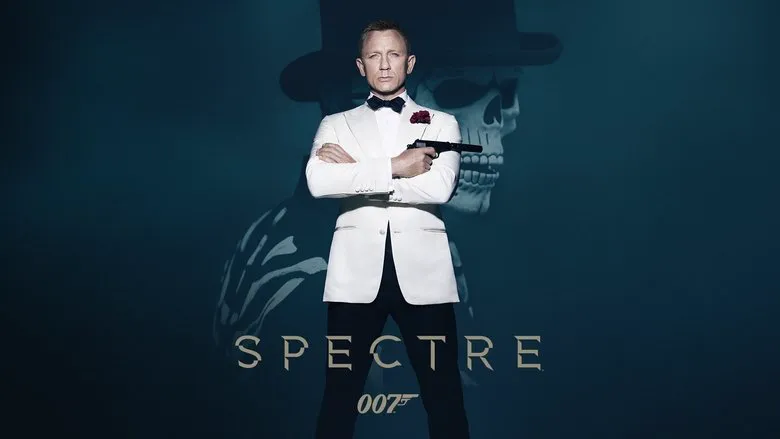
Regarding the new M, it seems the producers hired Ralph Fiennes to replace the “killed off” Judi Dench because it’s politically incorrect to portray a woman in such a responsible position as blatantly incompetent. The new M is incapable of anything – remembering Moneypenny’s birthday, catching his employees in lies, or offering any resistance in the bureaucratic war waged against his agency. It would have been easy to point out that a British drone can eliminate a terrorist in Yemen, but not in Germany, and certainly not in Mexico, where the film begins. James Bond, on the other hand, can. Therefore, agents with a license to kill and automated surveillance systems should complement each other, not exclude each other.
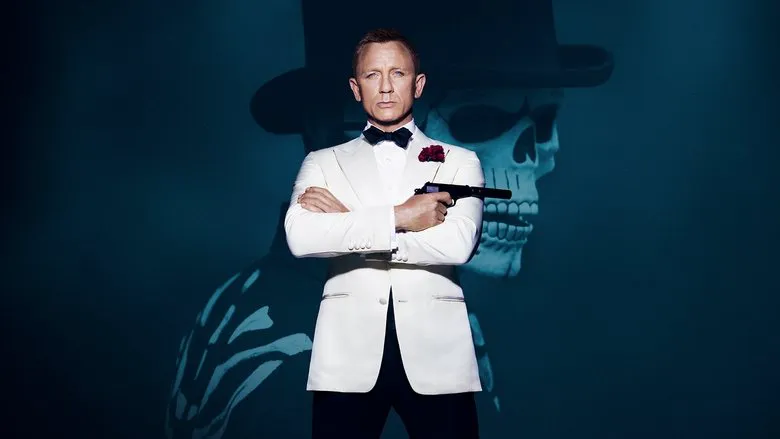
However, M is not portrayed as a useless “living corpse” that Bond must overcome to save the world, but rather as a seemingly positive character who is slightly redeemed in the finale. But only slightly, because he achieves this through violence. A desk manager should win through desk-based judo – masterful work with documents and folders. How can Bond retire in the epilogue if he knows that the country is being protected by a worthless “loser” who will surely be swept away in the next political game of thrones?
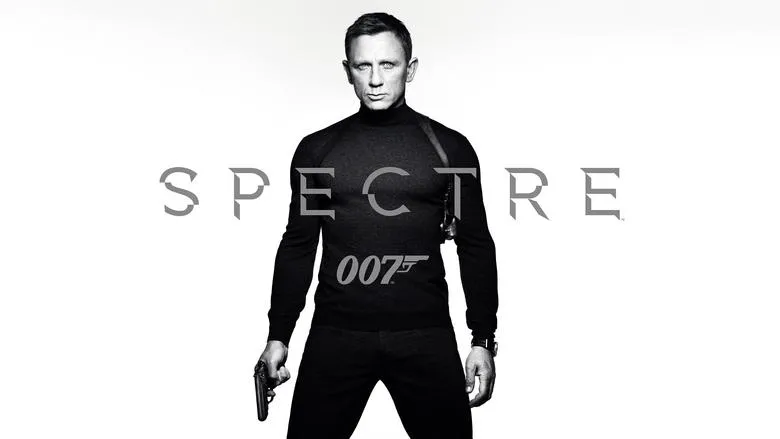
Action and Plot
Perhaps the film is saved by its stunts and effects? Surprisingly, no! A decent house demolition scene at the beginning and a powerful hand-to-hand fight between Craig and Bautista in the middle of the film are the only truly memorable action sequences. Oh, and a helicopter performing aerobatic maneuvers. The film contains beautiful and impressive shots, but there is very little beautiful, impressive, and, most importantly, dramatic high-class action. Moreover, there is none at all in the ending. “Spectre” was written by four screenwriters – didn’t anyone realize that you can’t “turn off” the hero’s only combat opponent before the start of the climax? Waltz is good when Bond is chained to a chair, but to James Freed he is one bite.
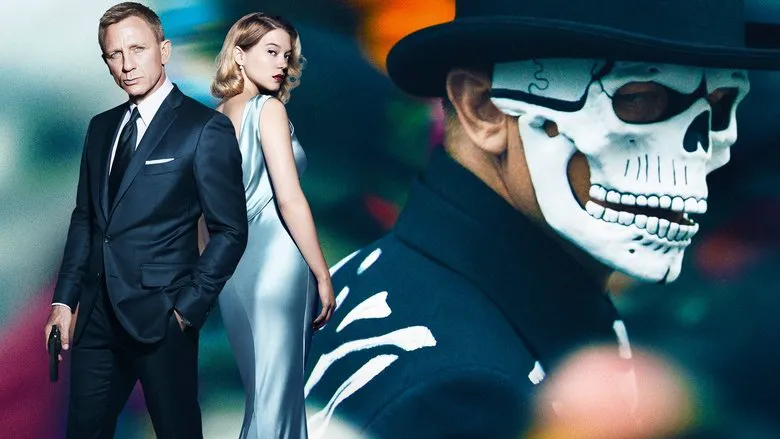
The film’s plot also fails to cover up the numerous fiascos. On the contrary, it is a complete disaster in itself. Without going into spoilers, let’s give a clear example. Knowing full well what Waltz’s character is like, Bond and Seydoux’s characters voluntarily go… to visit him. So to speak, for dinner and torture. And they have no cunning plan. It’s as if Stalin and Zhukov flew to Hitler in Berlin in the midst of the war. Not for secret negotiations, but just like that, out of the blue. Where, they say, do you have the most brutal executioners? We haven’t been shot for a long time!

Understandably, the heroes come out dry, but only because the villains respond with stupidity to stupidity. At the same time, during the torture, the picture misses an interesting opportunity - if the villain had carried out his main threat, an interesting plot twist could have turned out. But the screenwriters chickened out and were content with words.
The Verdict
In the end, only one mechanism works like clockwork in a $300 million film – successful jokes. There are many of them in “Spectre” – so many that at certain moments the film may seem like a comedy and self-parody. But still, the film was shot as a spy thriller with jokes, and not as a comedy with action digressions. And therefore, funny jokes are not enough to call a film with so many flaws “successful”.